Growing your own herbs is not only simple and rewarding, but it can also significantly reduce your grocery bills. Whether you have a sprawling backyard or a small windowsill, it’s possible to grow a variety of herbs from the comfort of your home. By planting these essential herbs, you’ll always have fresh flavors at your fingertips and extra cash in your pocket. Plus, there’s nothing like the taste of freshly picked herbs to top off a meal.

Chives

Chives are the low-maintenance friends of the herb world, thriving in both pots and gardens with minimal fuss. They’re a zippy addition to salads, soups, and potatoes, and let’s not forget those adorable purple flowers that are edible too.
Lemongrass
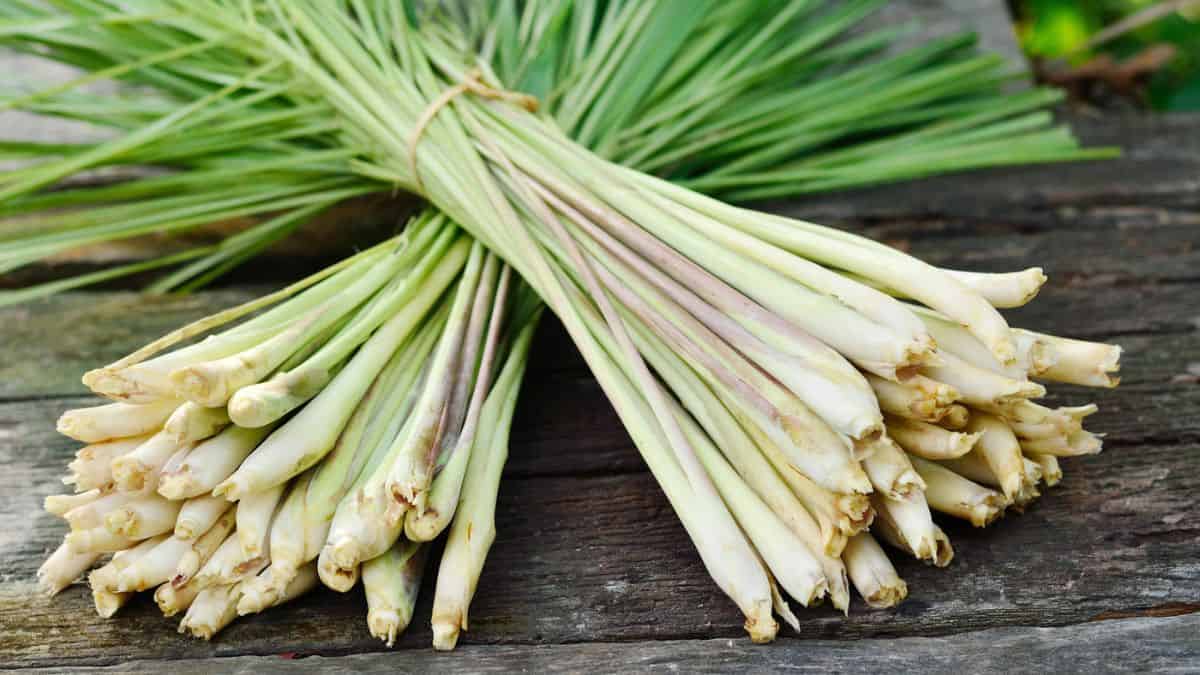
Lemongrass brings a hint of the tropics to your backyard with its lemony scent and flavor. It loves the sun and is surprisingly easy to grow in pots or the ground, making it a dual-threat in the kitchen for teas, soups, and curries. Growing lemongrass means you’re just a snip away from an epic Thai meal.
Thyme

Thyme is a tiny titan of the herb world, offering its lemony-earthy notes to countless dishes while asking for little in return. It’s drought-resistant, loves full sun, and is happy in the ground or a pot.
Mint
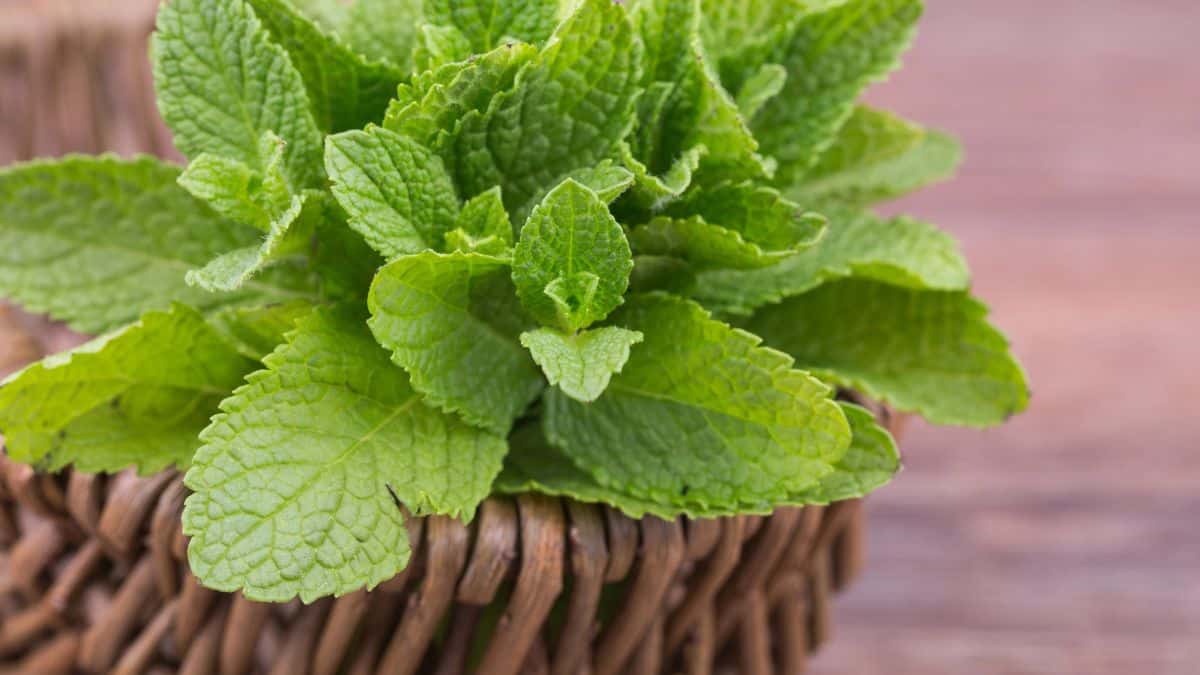
Mint is the herb that keeps on giving, spreading joy (and itself) far and wide with little encouragement. Perfect for mojitos, teas, and freshening up dishes, mint is a vigorous grower that prefers a bit of shade. Just remember to contain its enthusiasm in pots otherwise it will takeover the entire garden quite rapidly!
Oregano

Oregano is a staple in any sunny garden, thriving with just a touch of care and bringing that classic Mediterranean flair to pizzas, pastas, and more. It’s drought-tolerant and loves a good sunbath, making it a low-maintenance hero in the herb world. Homegrown oregano means you can conquer any Italian or Greek meal with ease.
Sage

Sage demands a spot in your garden for its velvety leaves and savory, earthy flavor that pairs wonderfully with poultry, pork, and stuffings. A lover of sunny spots and well-drained soil, sage is a perennial that keeps on giving.
Lemon Balm
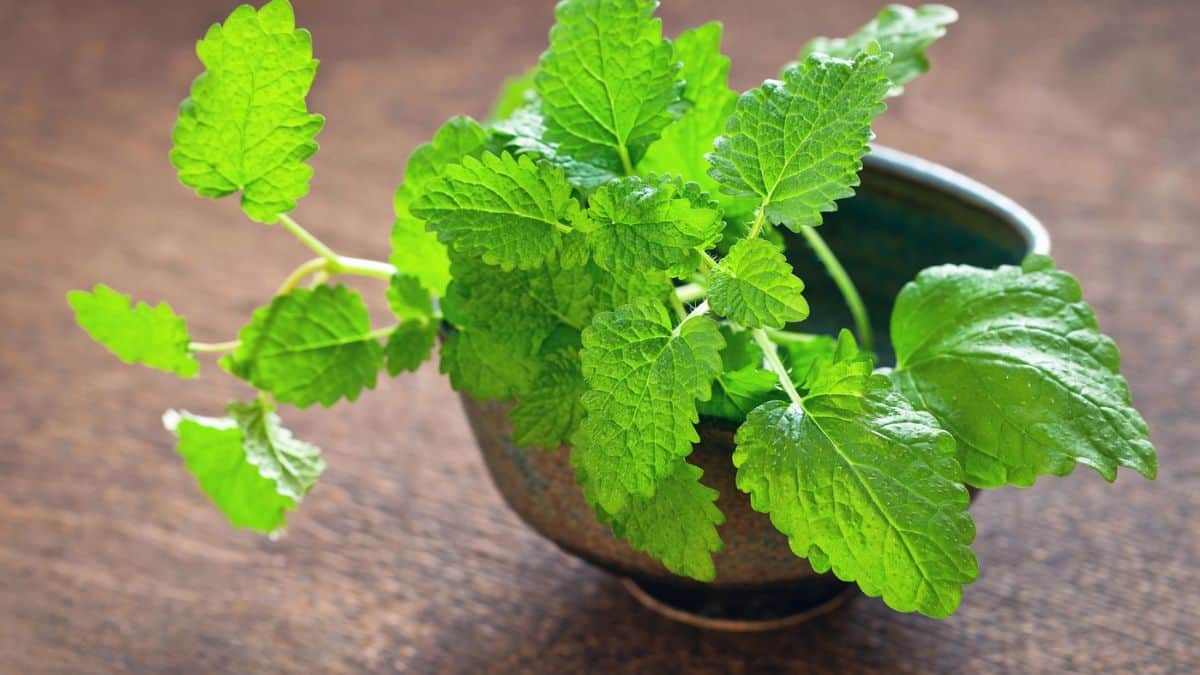
Lemon balm is your go-to for a touch of citrus without the fruit. It’s easy to grow, asking for nothing more than some sunlight and a bit of space. This herb is a stress-reliever in the garden and the cup, perfect for teas and desserts. Plus, it’s a magnet for pollinators, adding life to your garden scene.
Parsley

Parsley isn’t just a pretty garnish; it’s a vibrant, vitamin-packed herb that grows with grace in cool and warm weather alike. It brightens up dishes with its fresh, clean taste and is forgiving to grow, asking for nothing more than some sunlight and moisture. Plus, it’s a butterfly magnet!
Dill

Dill, with its feathery fronds and distinct flavor, is a must for pickling enthusiasts and salmon lovers. It’s a cinch to grow, requiring just some sunlight and a bit of space to flourish. Dill can make any meal feel like a gourmet affair, and it’s another butterfly attractor like parsley.
Basil

Basil is the summer sweetheart, basking in the sun and bestowing your kitchen with that freshness we all love. It’s easy to grow and even easier to use, making everything from pesto to salads taste spectacular. Just keep it warm and watered, and basil will reward you bountifully. There are many varieties, choose the one that best matches the cuisine you cook most.
Rosemary

Rosemary is as hardy as it is aromatic, making it a perfect pick for beginners. It loves the sun and can handle a bit of neglect, preferring to stay on the dry side. Snip sprigs to add to your meats, soups, and even cocktails. Plus, its fragrance helps to keep pests at bay.
13 Reasons Why You Should Grow Your Own Food (Even Just A Little!)
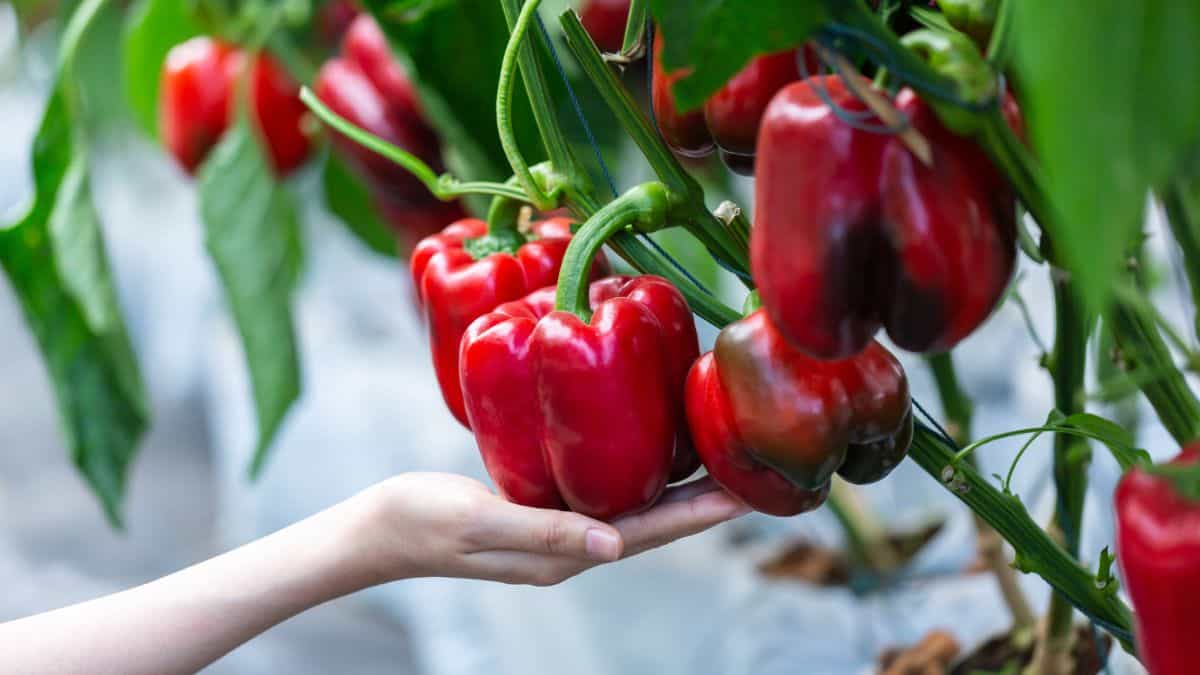
Growing your own food isn’t just for those with sprawling gardens; a small container or patch of dirt is all you need to start. Replacing even a few items from your grocery list with homegrown produce can inject fun and flavor into your meals. It’s a transformative experience that brings unparalleled freshness to your table and connects you more deeply with the cycle of nature. Let’s explore the many benefits of turning even the smallest space into a flourishing garden.
See Them Here: 13 Reasons Why You Should Grow Your Own Food (Even Just A Little!)
6 Vegetables Perfect For Raised Bed Gardens And 3 To Avoid
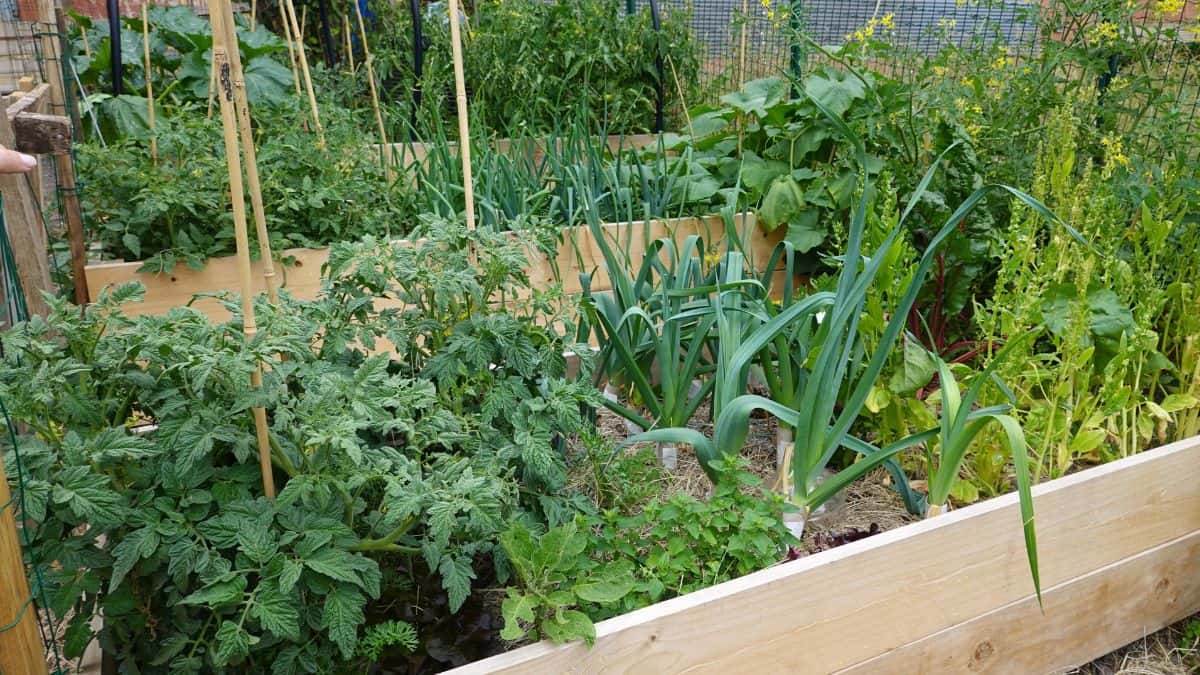
Jumping into raised bed gardening opens up a whole new world of growing potential, from boosting your soil’s nutrient profile to getting more green in less ground. The beauty of raised beds isn’t just in their efficient drainage or how they keep your soil from getting squashed underfoot; it’s also about making every square inch count. With space at a premium for most of us, picking the right veggies for these elevated patches is key.
This list will guide you through choosing the best plants for your raised beds, ensuring your garden thrives. While not every veggie is cut out for life above ground level, there are some that truly shine in compact spaces.
See Them Here: 6 Vegetables Perfect For Raised Bed Gardens And 3 To Avoid
13 Ways To Keep Rabbits From Destroying Your Garden This Season
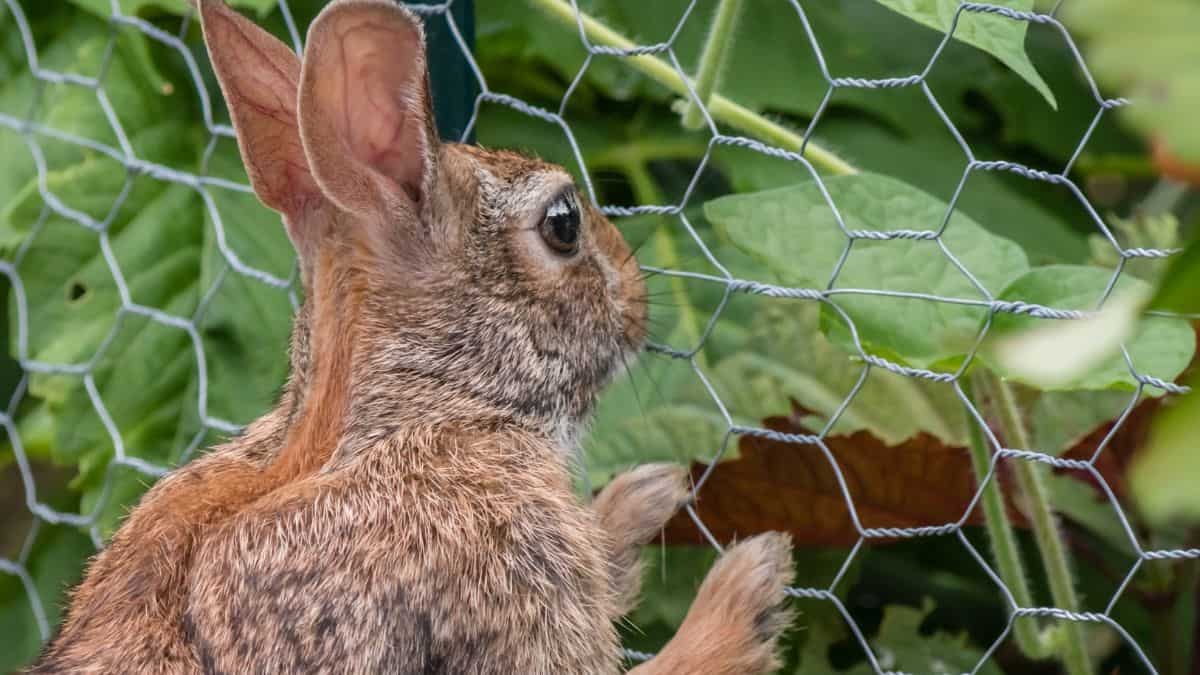
Ever caught a rabbit munching on your prized veggies? It’s cute until it’s your garden they’re feasting on. We’ve got the lowdown on keeping those furry critters at bay. From time-tested tricks to plant preferences that rabbits just can’t resist, here’s everything you need to safeguard your garden and keep those carrots for yourself.
Read it Here: 13 Ways To Keep Rabbits From Destroying Your Garden This Season
Select images provided by Depositphotos.
Gina Matsoukas is an AP syndicated writer. She is the founder, photographer and recipe developer of Running to the Kitchen — a food website focused on providing healthy, wholesome recipes using fresh and seasonal ingredients. Her work has been featured in numerous media outlets both digital and print, including MSN, Huffington post, Buzzfeed, Women’s Health and Food Network.








